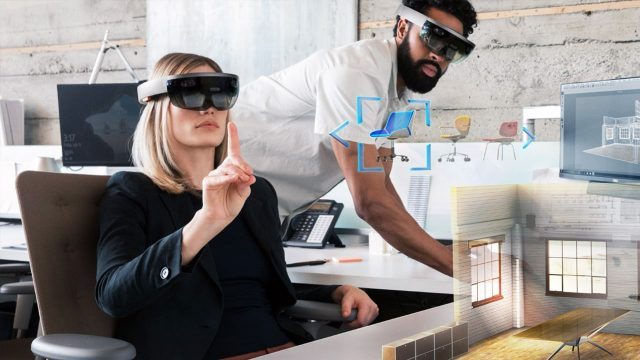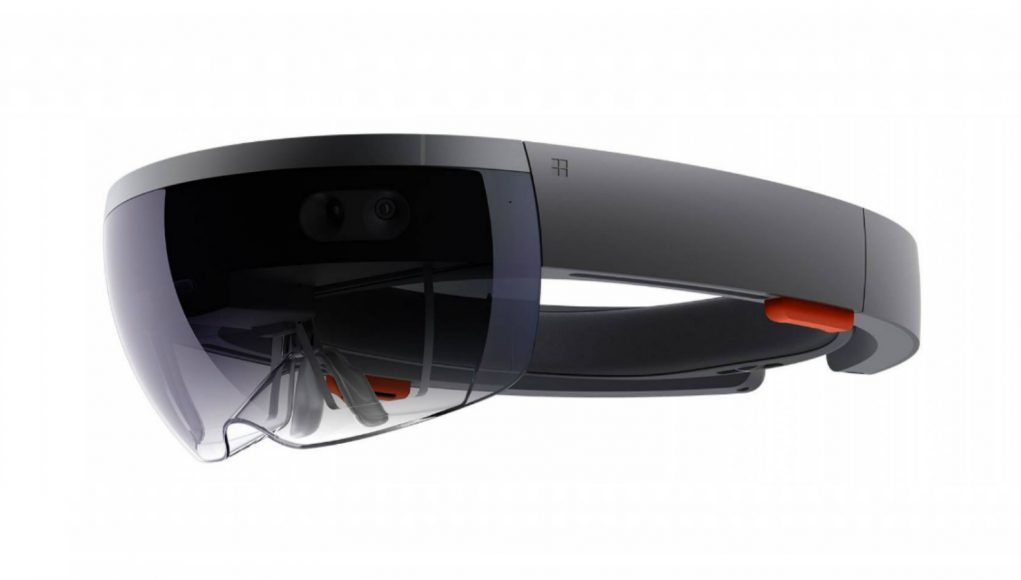Despite some reports last year suggesting that Microsoft may have discontinued HoloLens, the company has affirmed its work on a new version of the AR headset.
Back in July of 2017, HoloLens’ Director of Science, Marc Pollefeys, wrote that the company was working on a new version of HoloLens’ so-called “HPU” (holographic processing unit) chip, which is the nerve center for the headset’s many external sensors. Deep within that announcement was the subtle mention that the newer chip is “designed to work in the next version of HoloLens.”
The next month, a number of tech sites picked up the story that Intel was discontinuing the CPU used in HoloLens, and that Himax, another company believed to be making parts for HoloLens, stopped receiving orders for the parts. Some took these signals to mean that HoloLens was on its way to being discontinued entirely.

But HoloLens, still the only widely available AR headset today, has been going strong, and perhaps even accelerating—Microsoft has been expanding HoloLens’ availability ever since, now offering it for sale in 41 countries, and recently debuting options for rentals and even a certified hard hat offering.
If it wasn’t clear from the company’s momentum, HoloLens visionary Alex Kipman today affirmed that plans for a new version of HoloLens haven’t changed:
We announced last July that the next version of HoloLens will further incorporate AI into our custom silicon in the HoloLens the Holographic Processing Unit or HPU for short. This continues our journey of enabling computers to truly perceive their environments, and we’re just beginning. The computing power delivered by the cloud is one of the catalysts accelerating AI, and this is the year that the mixed reality cloud becomes real. Cloud-assisted AI for understanding physical objects is happening today. Combining this with mixed reality will enable us to deliver persistent mixed reality experiences with people, places, and things. [our emphasis]
The company says that the new, custom, HPU chip will include an AI co-processor which is designed to efficiently run deep neural networks, which are algorithms for pattern recognition and machine learning (and potentially key to solving some of the biggest challenges facing AR today).
Given the premise of Kipman’s blog post, ‘What to expect for Mixed Reality in 2018’, he may even be hinting that we’re likely to see a ‘HoloLens 2’ headset this year.







